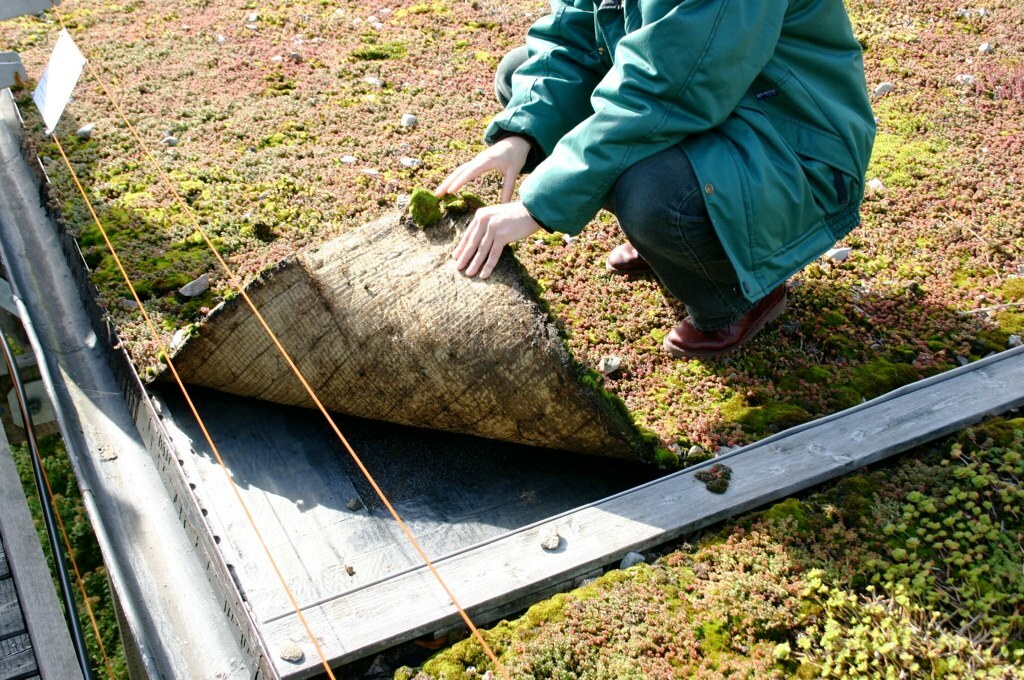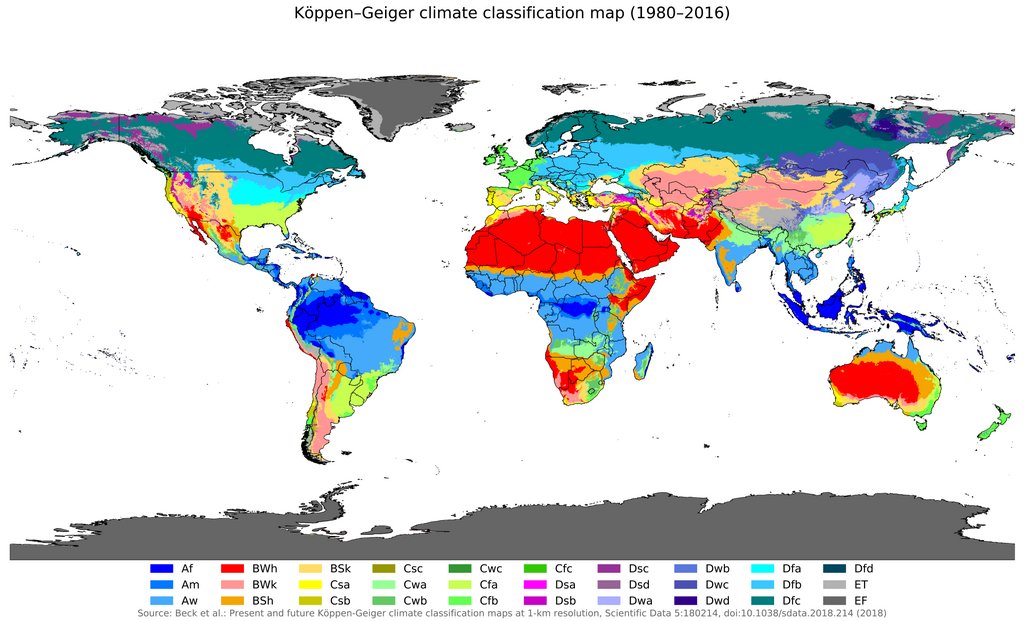Green roofs can reduce cooling demand in warm climate zones
The impact of green roofs on building energy performance was assessed in 15 climate zones. In most regions, the reduction in energy demand for cooling was greater than for heating.
In a context of climate change, rising temperatures lead to an increase in demand for air conditioning and therefore increase in energy demand. Nature-based solutions (NBS) are promoted as an alternative solution to improving building energy performance. Data are needed to quantify the potential for energy savings in cooling and heating offered by Nature-based solutions.

He Q. et al reviewed available literature on the energy saving potential of nature-based solutions.[1] The impact of green roof on building energy performance was explored in 15 climate zones. Extensive green roofs are typically made up of a thin layer of substrate (from 8 cm to 15 cm) or other planting medium with shallow-rooted plants such as sedum, herbs, mosses, and grasses.[2] This solution requires minimal maintenance and is the most frequently studied.[1, 2] In contrast, intensive green roofs are much larger, they can often serve as parks open to the public and should be planned at the time of construction of the building.[3]
In the tropical savanna climate zone (code Aw) where it is hot all year around, extensive green roofs have been associated with a 45% reduction in cooling energy demand. This climate zone is present in Central America, parts of South America, most of central Africa, India, Australia (e.g. Brasilia, Brazil; Bangkok, Thailand; Bamako, Mali; Bangalore, India; Miami, USA). In hot deserts climate (code BWh), energy savings range from 3.2% to 45%.
In contrast, extensive green roofs have been associated with minimal energy reduction in cooling in warm-summer humid continental climate (code Dfb) and humid continental climate (code Dfa), 10% and 2.7% respectively.
(Regions with DFa climate: Northeastern and midwestern United States, east-central Europe, northern China, and northern Korea. Regions with DFb climate: around the Great Lakes in the United States, south-central and southeastern Canada, southeastern Scandinavia, eastern Europe, west-central Asia, and northeastern China).
Many studies focused on the following climate zones: humid subtropical climate (code Cfa), hot-summer Mediterranean climate (code Csa), hot deserts climate (code BWh) and temperate oceanic climate (code Cfb). These four climate zones have in common hot summers and correspond to southern China, the western United States, the Mediterranean coast, the Middle East and western Europe, respectively. In these areas with relatively high population and building density, the highest reduction in energy demand associated with extensive green roofs could reach upwards of 50% for cooling and upwards of 40% for heating.
Extensive green roofs were only significant to reduce combined heating and cooling demand (saving up to 26%) in monsoon-influenced subarctic climate where summers are cold and winters dry. (e.g. Mongolia, China; Tibet, China; the Irkutsk Oblast region in Eastern Siberia, Russia).
Sources
[1] He, Q., Tapia, F., & Reith, A. (2023). Quantifying the influence of nature-based solutions on building cooling and heating energy demand: A climate specific review. Renewable and Sustainable Energy Reviews, 186, 113660. https://doi.org/10.1016/j.rser.2023.113660
[2] Extensive green roof. https://www.adaptation-changement-climatique.gouv.fr/sites/cracc/files/inline-files/Extensive_green_roof.pdf
[3] Intensive green roof. https://www.adaptation-changement-climatique.gouv.fr/sites/cracc/files/inline-files/Intensive_green_roof.pdf
[4] The Köppen climate classification. https://en.wikipedia.org/wiki/K%C3%B6ppen_climate_classification

